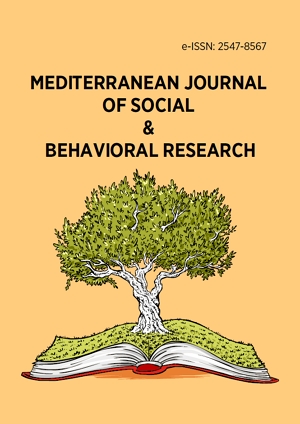Abstract
Background: The validity and reliability of research outputs are important elements of the research trail. They drive accuracy, transparency, and minimize researcher biases, contributing to rigor and dependability. This paper reviews the frequency of published articles reporting the psychometric properties of the scales/subscales employed in educational research.
Methods: We conducted a systematic review of psychometric properties in educational research papers published between 2010 and 2020 from 15 education-related journals. In our search, we included quantitative studies with primary data. The methodological quality assessment was performed using trained reviewers. The search was conducted using PRISMA 2020 to identify, screen eligible papers for inclusion. The extracted was analyzed using SPSS v25 while reported and interpreted in descriptive statistics.
Findings: We extracted 763 papers published between 2010 and 2020 from 15 education-related journals. More than half of the articles reviewed did not report either validity (n=456 out of 763, 59.8%) or reliability (n=400, out of 763, 52.4%) statistic. For those reporting either validity or reliability, the alpha coefficient was the most widely used statistic to establish reliability (n=185, 50.9%) and correlation coefficient was frequently reported (n=219, 71.3%) for validity.
Conclusions: The paper concluded that to produce dependable conclusions and recommendations in educational research, it is imperative for researchers to pursue psychometric properties to ground their findings and take-home learning.
License
This is an open access article distributed under the Creative Commons Attribution License which permits unrestricted use, distribution, and reproduction in any medium, provided the original work is properly cited.
Article Type: Review Article
MEDITERR J SOC BEH RES, Volume 6, Issue 2, June 2022, 53-59
https://doi.org/10.30935/mjosbr/11912
Publication date: 22 Mar 2022
Article Views: 2229
Article Downloads: 2852
Open Access References How to cite this article
 Full Text (PDF)
Full Text (PDF)